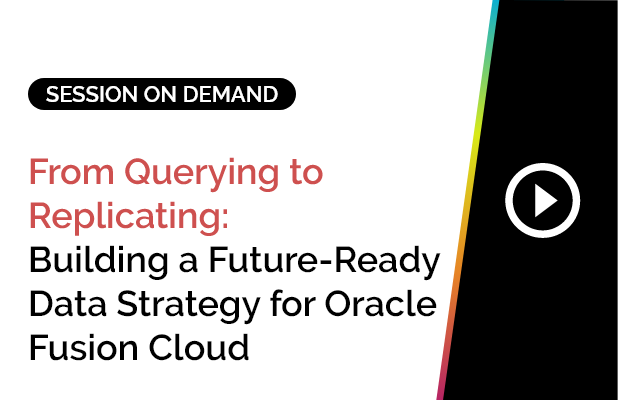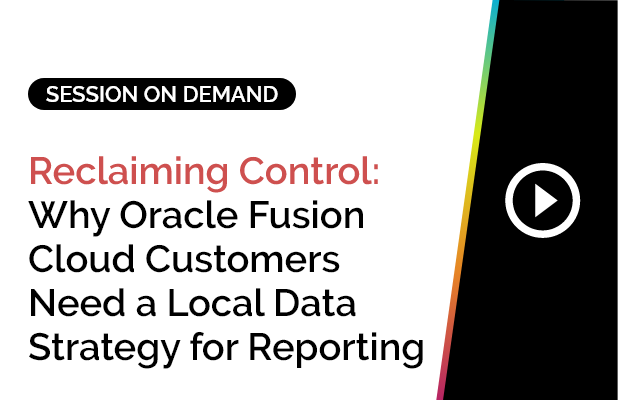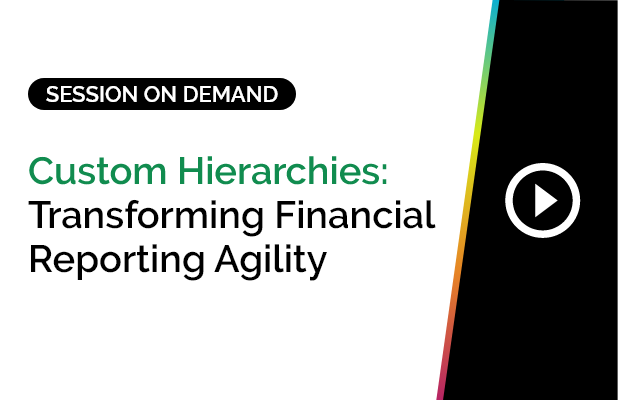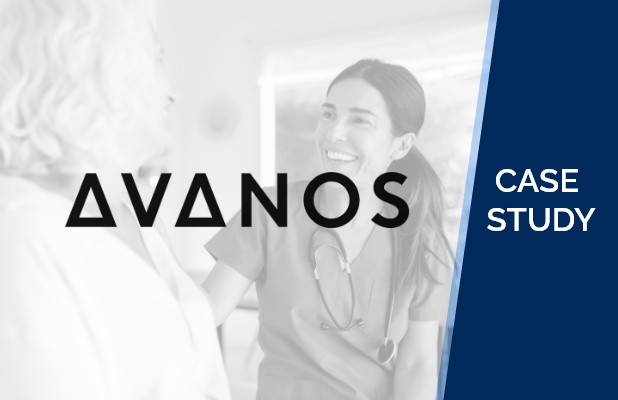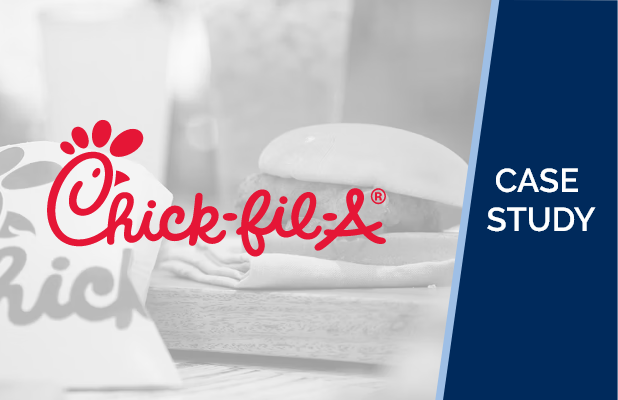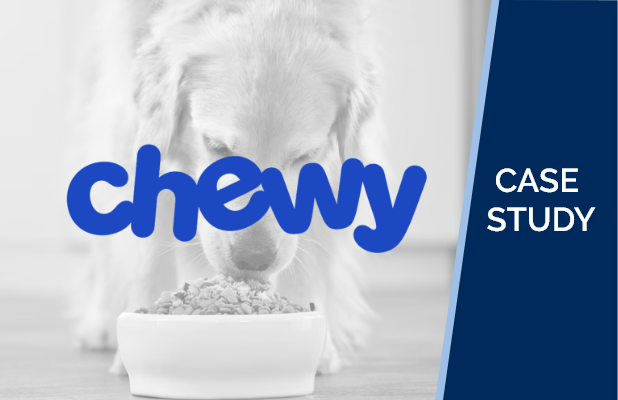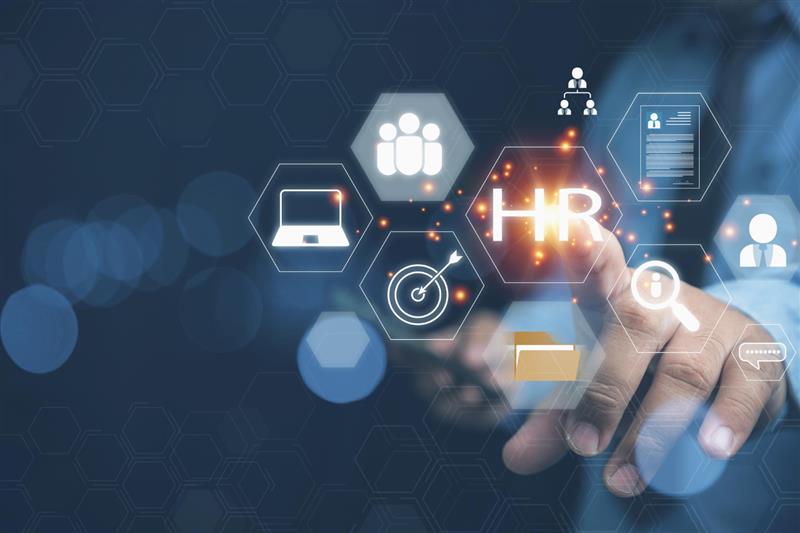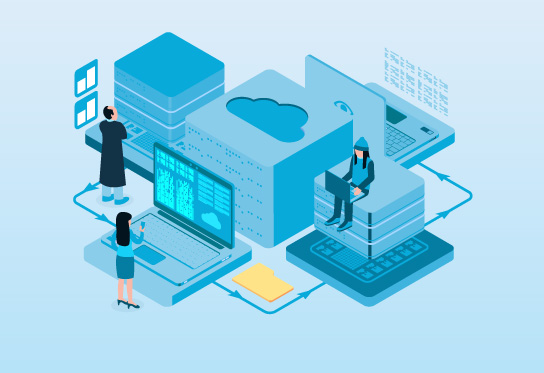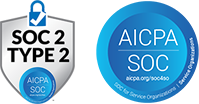At HR Tech 2025 in Las Vegas, the message was clear: HR is no longer back-office. It is a driver of adaptability, with AI at the center of nearly every conversation. From main stage keynotes to booth chats, leaders focused on using technology to solve real pressures like talent scarcity and market volatility. At SplashBI, we’ve long seen data as the backbone of smart decisions. This year’s event reinforced that view. Here are five signals shaping how organizations prepare their workforce.
Agentic AI: From Support to Independent Action
AI is moving beyond assistance to autonomy. “Agentic” systems don’t just respond — they act. Leaders showcased tools that now handle up to 80% of repetitive HR tasks, from candidate screening to updating performance data. These agents integrate across systems and adapt continuously, reducing delays between insight and execution. The benefit: faster workflows and more time for HR to focus on strategy.
Skills Intelligence: Building Around Capabilities, Not Roles
Static job descriptions are giving way to skills-based planning. Companies are using AI to map competencies, identify hidden talent, and redeploy people quickly. Leaders reported cutting hiring timelines in half and boosting internal alignment by surfacing existing capabilities. Predictive models also suggest upskilling paths, helping organizations adapt faster in volatile markets. The result is a more agile, cost-efficient workforce structure.
Personalized Employee Journeys: Experiences That Fit Individual Needs
AI is now tailoring HR interactions at scale – from benefits selection to career development. Systems combine performance data, sentiment, and scheduling to deliver timely, personalized support. Case studies showed measurable boosts in engagement when employee journeys reflected real needs and life stages. The priority is clear: data integrity and fairness must underpin personalization to avoid bias and sustain trust.
Workforce Analytics: Turning Data into Foresight
Analytics is shifting from backward-looking reports to forward-looking action. Platforms are forecasting attrition, predicting staffing needs, and guiding interventions before issues escalate. Speakers stressed “data fitness” – the importance of clean, unified data to power these models. Organizations that master this are turning petabytes of information into strategic foresight, improving compliance, resource allocation, and leadership decision-making.
Inclusive, Future-Ready Organizations: Embedding Equity in Tech Design
Inclusion wove through the event, with leaders discussed designing HR systems that remove bias, enable global collaboration, and give equitable access to opportunity. Data showed a clear link: organizations embedding equity into their tech stack often see stronger innovation and adaptability. The goal is cultures where technology serves every employee, not just a few.
What It Means for You?
These insights from HR Tech 2025 signal a transformative moment, urging organizations to move beyond simply adopting technology to weaving it into their strategic fabric. For leaders, this means auditing current systems against these shifts –
- Agentic AI: Assess whether your AI tools are truly agentic, capable of independent actions that align with business objectives. If they’re stuck in assistant mode, consider upgrades that embed autonomy while establishing clear governance to manage risks like data privacy or algorithmic drift. This could yield efficiency gains of 20-30%, but only through phased pilots that measure impact.
- Skills intelligence: Rethink your talent architecture. Static roles limit flexibility; instead, use AI to map competencies, cutting external hiring costs by up to 25% while enhancing internal mobility. Pair this with upskilling initiatives driven by predictive insights, positioning your workforce as an adaptive asset in volatile markets.
- Personalization: It offers a direct path to retention: leverage data to craft journeys that address individual contexts, potentially lifting engagement by over a third. However, success requires robust data foundations – ensure your analytics are clean and integrated to avoid skewed recommendations.
- Analytics: Personalization directly into broader workforce analytics: elevate your approach to prescriptive levels, forecasting trends like turnover or expansion needs with unified data.
- Inclusion: This remains critical for future readiness. Embed equity checks in your tech stack to foster environments that drive innovation—organizations doing so often see 1.5 times the creative output. Measure not just diversity metrics but sense of belonging through advanced sentiment tools.


